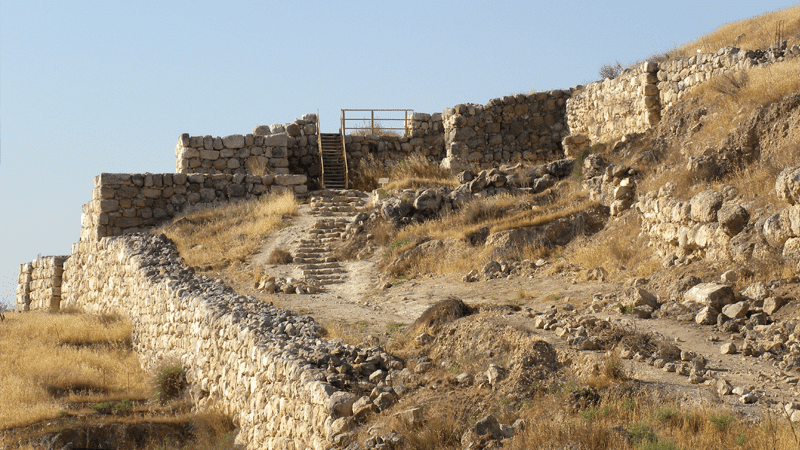An archaeological dig has unearthed artefacts supporting historical accounts written in the Bible.
New discoveries made at the Tel Lachish National Park in Israel support the biblical account of King Jehu’s destruction of Baal worship in Israel.
The record in 2 Kings 10 tells how Jehu ordered his soldiers to destroy the temple of Baal, demolishing the sacred stone and using it as a latrine.
Matching
Just such a latrine has now been found during an excavation by the Israel Antiquities Authority (IAA), complete with marks where the horns – a symbol of Baal – had been removed from the stone.
Other artefacts backing the biblical record in 2 Kings have been uncovered at the same site.
Excavation Director for the IAA Sa’ar Ganor spoke of the importance of the discoveries, saying: “It means we have the evidence. The Bible and the archaeology are matching.”
Tel Lachish
Ze’ev Elkin, minister of Jerusalem and Heritage, said: “Before our very eyes these new finds become the biblical verses themselves and speak in their voice.”
He added that the find at Tel Lachish was “a typical example whereby excavations and further research of heritage sites show us time and time again how biblical tales that are known to us become historical and archaeological stories”.
Miri Regev, of Israel’s Ministry of Culture and Sport, noted that this was not an isolated discovery, saying: “The uncovering of these finds joins a long list of discoveries that enlighten us about our historic past”.
King Solomon
Earlier this month, a palatial building dating back to the time of King Solomon was discovered in Gezer.
The palace was found containing Philistine pottery that adheres to the biblical account in 1 Chronicles 14 that the area was ruled by the Philistines until King David broke their power.
And last year, a clay seal known as a “bulla” was discovered in Jerusalem which bore the inscription: “Belonging to Hezekiah [son of] Ahaz king of Judah”.
The discovery is said to be the first time a seal impression made by an Israelite or Judean king has been found in a “scientific archaeological excavation”.

